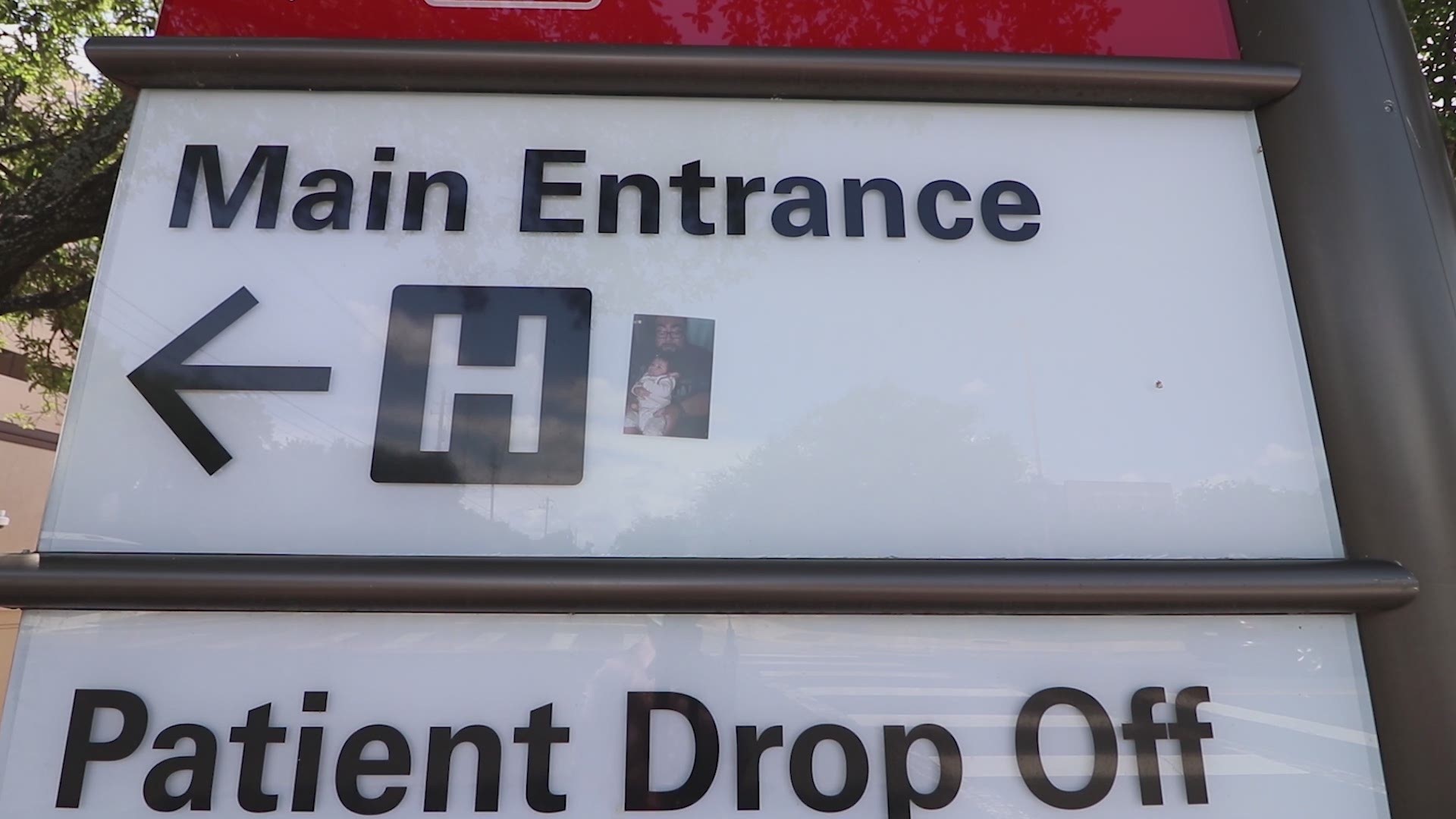MCALLEN, Texas — The life of Jesse Compean passes now only through pictures. He was a family man, helped homeless youth and served in his church.
“He had a little sore throat and a cough, and before I knew it, he had a temperature over 100,” said Rachel Leestamper, Compean’s partner.
Compean went to the emergency room. Leestamper said he got an oxygen mask immediately. Then, he got on a list for plasma.
When we spoke, four days had passed.
“He's stable, but not getting any better,” Leestamper told us at the time.
Stability diminished the following day. Campean’s body started shutting down, still waiting on plasma.
“We asked, ‘Can we directly donate to him if we get people to do it?’” said Leestamper.
The short answer is no. Here’s why some hospitals won’t perform direct plasma donations for this treatment.
The plasma is called convalescent plasma. It comes from people recovered from COVID-19. While not regulated by the Food and Drug Administration at this time, protocols are in place.
Donors must be approved, have the matching blood type, have a documented positive test result or proof of antibodies. The FDA suggests no symptoms for at least 14 days, and some hospitals and blood banks require 28 days. Then, the plasma tests must show a specific level of antibodies.
Since this is a clinical trial, hospitals in the Rio Grande Valley go through the Mayo Clinic for collection and distribution of COVID-19 convalescent plasma.
“The first thing is, 'Let's call Mayo Clinic,'” said Rosemary Recavarren, M.D. Medical Laboratory director Dept. of Pathology for Knapp Medical Center and Harlingen Medical Center.
“Mayo Clinic will take the patient's information, the doctor's information,” said Dr. Recavarren.
The information gets passed along to the FDA under the Expanded Access Protocol. This generates a specific identifier for the hospital lab.
“The laboratory grabs a specific number for that specific patient and calls the blood-bank service that serves that hospital,” said Dr. Recavarren.
Then the blood bank will check their inventory.
“We’re just trying to catch up to the man for the orders that are already placed. And so as soon as this label becomes available for patient use, it's going out the door,” said James Dugger, president South Division, Vitalant.
Leestamper’s head understands the process. She worked in a plasma center. Her heart feels otherwise.
“It's just really scary when you have your partner laying in that bed … You feel absolutely helpless,” said Leestamper.
Leestamper also has COVID-19. She is in a high-risk category and carries HIV.
“I have done all this fighting for my health. I've been undetectable for years now. I thought that was the only fight that I would have to fight,” said Leestamper.
She’ll fight COVID-19, fight tears. She’ll fight for the memory of her husband, a man who served others and who died waiting for a donation.
If you've had COVID-19, here's how you can donate plasma
- Doctors Hospital at Renaissance is partnered with Vitalant Blood Center.
- South Texas Blood and Tissue sends plasma to the Rio Grande Valley.
For other ways to find your nearest site:
- AAAB (formerly known as the American Association of Blood Banks)
- America’s Blood Centers
- American Red Cross
- Plasma Protein Therapeutics Association
PEOPLE ARE ALSO READING:

